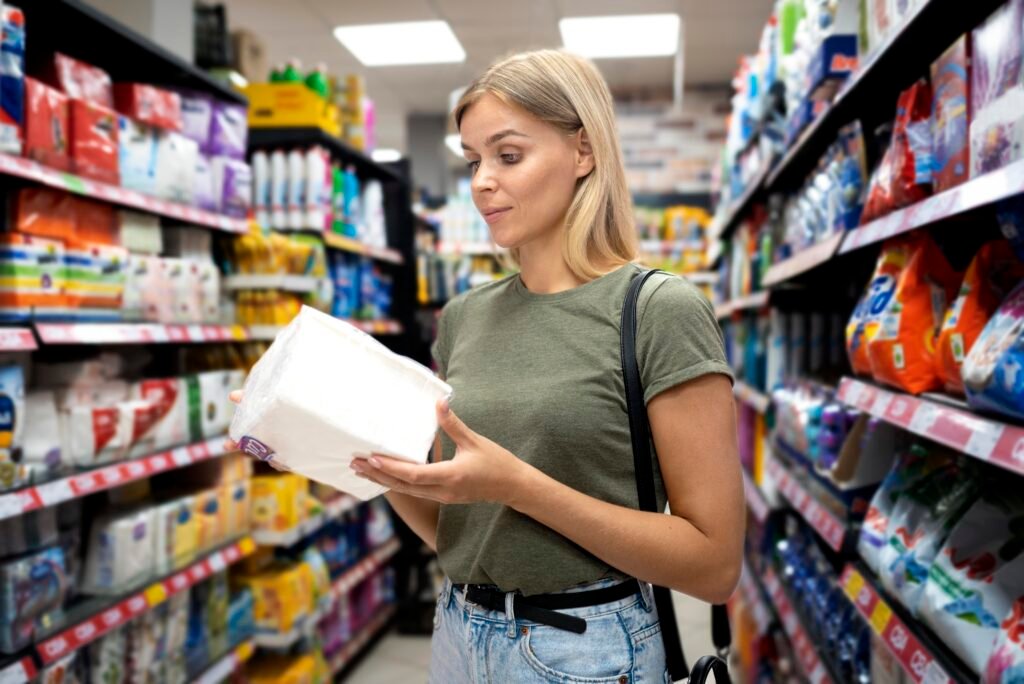Every product in the grocery store has a story—a journey from concept to consumer. While we often take these items for granted, understanding the process behind their creation reveals an intricate system that ensures quality and convenience in every package. Let’s take a closer look at the path consumer packaged goods (CPG) take before they reach your shopping cart.
From Concept to Creation
The journey of a CPG begins with an idea, typically inspired by a consumer need or an opportunity to improve upon existing products. Teams of researchers dedicate countless hours to studying market trends, consumer preferences, and potential gaps. Once an idea is validated, it undergoes feasibility studies to determine whether it can successfully be produced and brought to market. This stage lays the foundation for the eventual success of the product.
Next comes the development phase, where designers, engineers, and product developers turn the concept into a physical prototype. These prototypes are tested rigorously for safety, quality, and consumer appeal. Adjustments are made until the product meets all expectations and is ready for mass production. The aim here is not just functionality but to create products that enhance the consumer experience.
Securing the Essentials: Material Sourcing
With the product blueprint ready, it’s time to source the materials needed for manufacturing. This involves building a reliable supply chain that can provide the right materials at competitive prices without compromising on quality. Supply chain managers play a crucial role in this stage, coordinating with suppliers, negotiating costs, and ensuring all materials meet the required standards.
Many companies source materials globally, adding complexity in terms of logistics and compliance with international regulations. Ethical sourcing is also increasingly important, as consumers demand transparency and environmentally responsible practices. The effort put into selecting high-quality, ethically sourced materials shapes not only the product’s quality but also the brand’s reputation.
Manufacturing: Where Ideas Become Reality
Manufacturing is the heart of the CPG journey, where raw materials are transformed into finished products. Depending on the type of product, manufacturing techniques can vary from fully automated assembly lines to more hands-on approaches for artisanal items.
Efficiency and consistency are crucial in CPG manufacturing. Advanced technology is utilized to ensure each batch meets rigorous quality standards, while skilled workers oversee the processes and make critical adjustments. This blend of human expertise and automation maximizes output and reduces costs while maintaining high quality, setting the stage for successful product launches.
Technological Integration in Production
Technology plays a pivotal role in ensuring efficiency during manufacturing. Food washing, mixing, packaging, and other processing equipment are employed to maintain quality and scale production. Automated packaging machines that fill, seal, and label products at high speeds allow manufacturers to keep up with market demands without compromising on quality.
Investment in advanced machinery also minimizes human contact, reducing contamination risks and ensuring that products are safe for consumption. Whether it’s a candy manufacturer using precision equipment for consistent shapes or a beverage company maintaining high output with fast bottling lines, technology is the backbone that supports seamless production.
Navigating Distribution and Logistics
Once production is complete, the next stage is distributing the finished goods. This requires a sophisticated logistics network capable of moving products from factories to distribution centers, retailers, and, ultimately, consumers. This is achieved through a mix of transportation solutions, from trucks to ships, depending on the destination.
To efficiently manage logistics, companies use specialized software systems that track inventory, manage routes, and ensure timely delivery. The aim is to optimize the supply chain, reduce costs, and ensure products are available to meet demand without overstocking. It’s a delicate balance that ensures that goods reach retailers in the best possible condition, ready for purchase.
Retail: The Final Step to the Consumer
The final leg of the journey takes products to retail shelves. Whether in large supermarkets, boutique shops, or online marketplaces, retailers are responsible for making products accessible to consumers. Strategies such as product placement, promotional offers, and competitive pricing help boost sales and make products more appealing.
Retailers also collaborate with CPG companies to forecast demand, ensuring shelves are stocked with popular products. Feedback gathered at this stage provides valuable insights for manufacturers, helping them refine existing products or inspire new innovations. This connection between manufacturers and retailers ultimately shapes the success of consumer goods in the market.
The Complete Cycle: From Concept to Consumer
The journey of consumer packaged goods—from concept through design, manufacturing, distribution, and finally retail—illustrates a complex, interconnected process that brings ideas to life. Each phase is essential for ensuring products meet the expectations of today’s consumers. Recognizing this journey highlights not only the effort and coordination required to deliver quality products but also the expertise behind the seamless experience of shopping for our everyday essentials.



